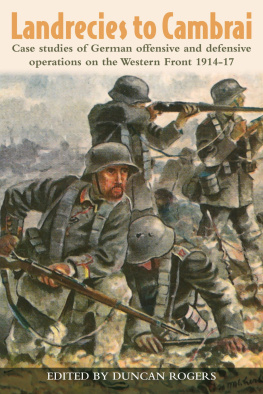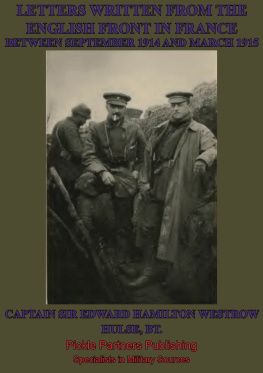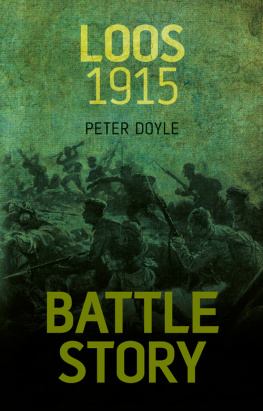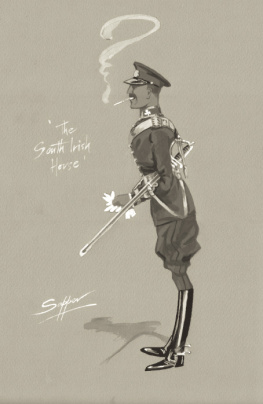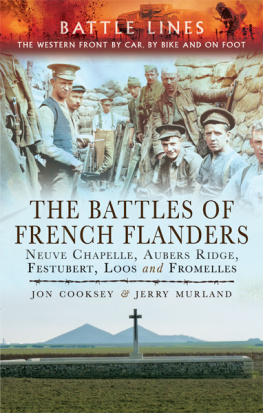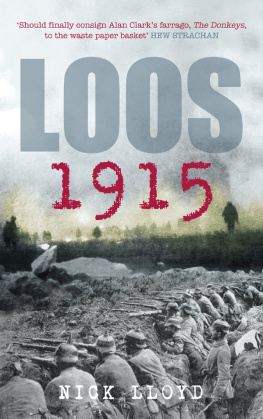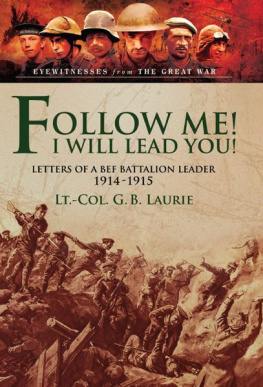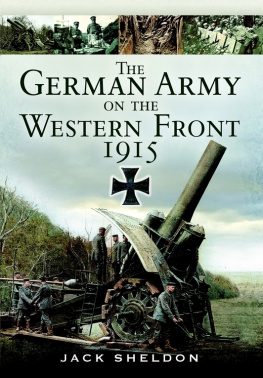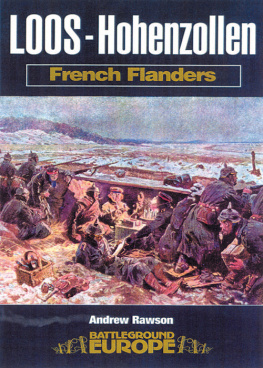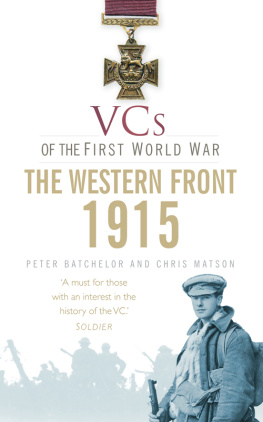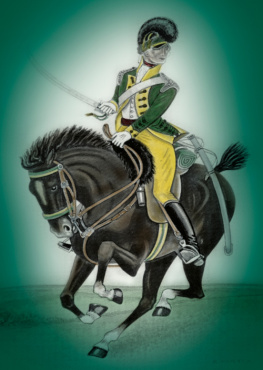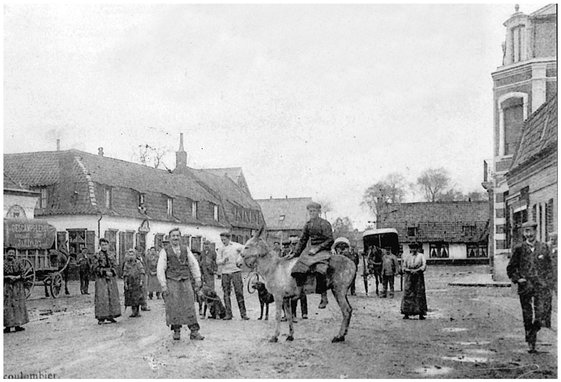ACKNOWLEDGEMENTS
The Controller of Her Majestys Stationery Office by whose permission Crown Copyright material at the Public Record Office is reproduced. This particularly applies to War Diaries under document class number WO/95 which were extensively consulted for this book.
The Trustees of the Imperial War Museum for allowing access to, and permission to quote and reproduce from, the collections in the Departments of Documents and Photographs. The documents quoted are from the papers of Captain M D Kennedy, 2/Scottish Rifles; Sergeant A Self, 2/West Yorks; Lt G Tennant, 1/4 Seaforth Highlanders.
The copyright holders of the papers of Captain M D Kennedy, the School of East Asian Studies, the University of Sheffield and especially Lawrence Aspden, curator of Special Collections & Library Archives.
The Times for permission to quote from the newspaper and The Times History of the War.
John Terraine for permission to quote from his 1914-18 Essays on Leadership & War.
Every effort has been made to obtain copyright permission for material quoted in this publication. In the event that anyones copyright has been inadvertently infringed I offer my sincere apologies and ask that they contact the publishers.
It would be very unwise to attempt to write a book on the Great War without enlisting the help of those erstwhile organisations that house the nations archives and military treasures. Their staff are, without exception, most professional and unstinting in their help. The bodies I refer to of course are: The Public Record Office (PRO) at Kew; The Imperial War Museum (IWM) at Lambeth, London; The Commonwealth War Graves Commission (CWGC) at Maidenhead; The National Army Museum (NAM) at Chelsea.
I wish to acknowledge with grateful thanks the help and assistance given in the compilation of this book by the persons and organisations named below. There are so many who have contributed that it would be almost impossible and very unfair to attempt to quantify their help.
I would like to thank Roderick Suddaby, Keeper of Documents, The Imperial War Museum; Simon Robbins (Dept of Documents) IWM; Derek Butler & Christine Woodhouse, Commonwealth War Graves Commission; William Spencer, Public Record Office; Chris & Gary Buckland, Naval & Military Press. And the following: Andrew Tonge, Bob Elliston, Brian Goldsmith, Brian Howard, Henri Lequien, Clive Metcalfe, Joe Warr, Joyce Collins, James Brazier, Julian Sykes, Liz Metcalfe, Mac McIntyre, Terry Whippy, Tom Donovan, Paul Turner, the Mayor of Neuve Chapelle, and my many friends in the Western Front Association.
Of all the people who have helped me there are nevertheless a few I must single out for special mention. One is my old friend Paul Reed whose expertise on matters relating to the Great War I greatly respect and admire. As always he has unstintingly helped me whenever I have asked. Colonel Terry Cave gave me most valuable advise on military matters and willing help in scanning the manuscript for my deliberate mistakes. I am most grateful to Susan Rowland, on whose cartographical skills I relied upon for my maps. She modified those taken from the Official History and patiently created the guide maps to which I kept adding! Robert Mallevay of Neuve Chapelle has been a great source of local pictures, having researched the general history of his village for many years. Nigel Cave has been most helpful and supportive and extremely patient with me over the period I have been compiling this book.
There is one other person I must mention. My wife, Anna-May, has as ever been the tower of strength that has kept me on track whenever I have weakened. She has offered much needed guidance when my English became repetitive or just simply dried up. She has consoled me when my computer has refused to respond and I have shouted at it - and then patiently recovered my lost documents for me. She has accompanied me on field trips, supplied me with refreshments on demand and generally been the most wonderful wife and friend I could wish for. Thank you Anna-May.
The centre of Neuve Chapelle before the Great War.


